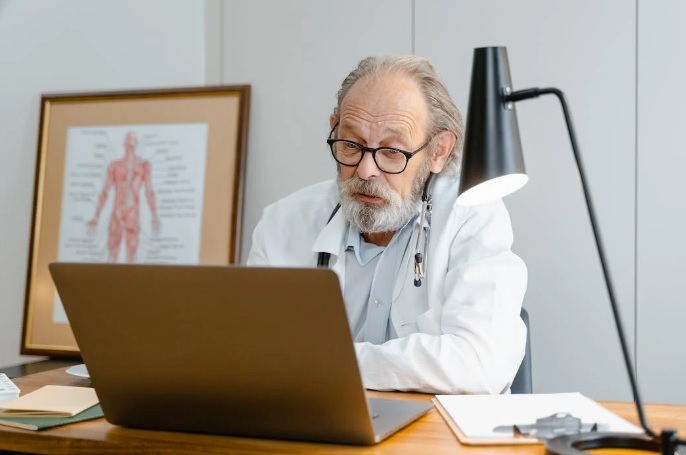The world grew accustomed to the onset of telemedicine during the height of the pandemic. But now, there has been some talk about eliminating it altogether is necessary. It seems the medical community is largely in favor of letting it stay.
A new study published in JAMA Network Open centered around 17,000 veterans nationwide who are being treated with buprenorphine for opioid use disorder (OUD) revealed that the opioid crisis could worsen after eliminating telehealth – essentially, by limiting care avenues, the medical community would only be increasing treatment disparities. Previous research contends that veterans receiving buprenorphine are more likely to stay on track when offered virtual visits (i.e., phone calls or video appointments).

The same study brought to light disparities by race, housing status and age. It found that phone-based care can play an important role in helping patients maintain access to healthcare, especially in vulnerable populations. Eliminating it would only serve to increase these disparities.
“Keeping telephone-based telehealth as an option for buprenorphine care moving forward may be important for veterans who have been less likely to access video telehealth, including those who are over age 65, Black, or who have unstable housing situations,” said Madeline Frost, Ph.D., M.P.H. of University of Washington, first author of the study.
“People with opioid and other addictions already face so many barriers to care and some sub-groups face additional disparities. It’s really important to have as many options as possible, including phone and video, to make it easier for patients to engage in care,” said Allison Lin, M.D., M.S., the addiction psychiatrist and senior author of the study. She is also an associate professor of psychiatry at the University of Michigan Medical School and a research scientist at the VA Ann Arbor Healthcare System.
The study found, overall, “38% of veterans had at least one video visit for addiction care, and 50% had at least one telephone visit but didn’t have any video visits. The remaining 12% only had in-person visits.” Those who had used virtual medicine to receive treatment were more likely to continue.
There were some notable disparities between the groups studied. For example, “younger, Black or Hispanic males, or males who had specific mental health/substance use conditions were less likely to receive any telehealth. Among those who had at least one telehealth visit, those who were over 65, male, Black or had housing instability were less likely to have any video visits, rather than only telephone visits,” the team reported, adding, “Ultimately, the study data suggests that both video and phone telehealth might help people stay in care longer. Improving access to video-based care, while working to support patients to continue care no matter what modality they are using, will be important.”
Given the extent of the opioid crisis and the devastation it has caused in numerous communities throughout the U.S., studies like these solidify the benefits of telehealth, which thus far, seem to far outweigh can perceived risks or costs. It has allowed vulnerable groups including veterans, minorities, and those living in rural areas to more easily access the care they need when they need it.
Sources:
Opioid addiction treatment disparities could worsen if phone telehealth option ends, study suggests
Video, Telephone, In-Person Buprenorphine Treatment for Opioid Use Disorder During Pandemic


Join the conversation!